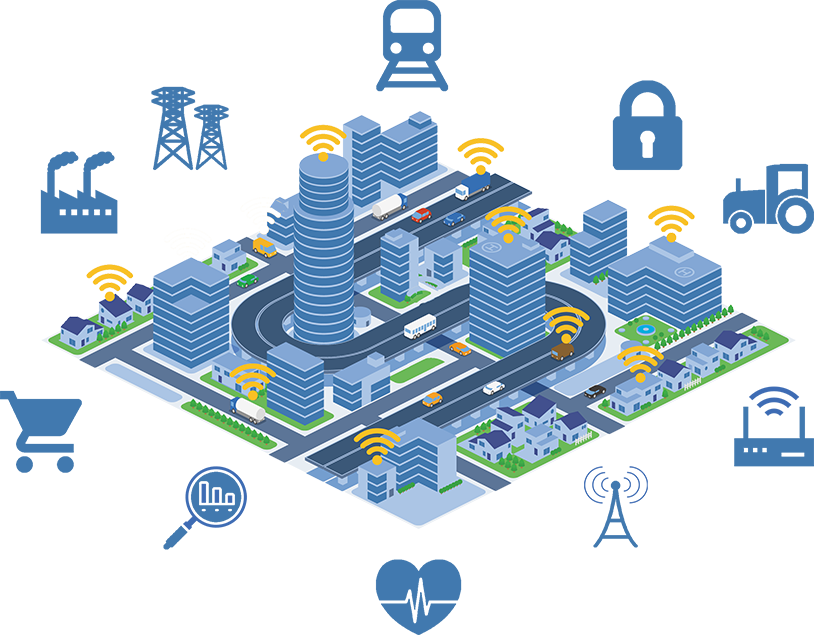As the world becomes increasingly urbanized, the provision of adequate and efficient utility services becomes increasingly important. In particular, the development of highways and other transportation networks plays a key role in supporting the growth and development of cities and towns. This blog post will examine the role of urban utility services in the design, construction, and operation of highways and will explore some of the challenges and opportunities associated with this vital connection.
The Importance of Urban Utility Services in Highway Engineering
Urban utility services refer to the provision of essential services such as water, gas, electricity, and telecommunications to cities and towns. These services are crucial for supporting the growth and development of urban areas and are an essential component of modern society. In particular, the development of highways and other transportation networks is heavily dependent on the provision of these services. For example, the construction of a highway requires the excavation of a trench, which in turn requires the relocation of underground utility lines such as water, gas, and electricity.
Highway engineers must take into account the presence of these utility services when designing and constructing roads and other transportation networks. This requires careful planning and coordination between different stakeholders, including utility companies, government agencies, and the construction companies themselves. This collaboration helps to ensure that utility services are not disrupted during the construction process and that the final design of the highway takes into account the needs and requirements of the surrounding community.
Challenges and Opportunities in Urban Utility Services for Highway Engineering
The development of highways and other transportation networks is not without its challenges and opportunities. In particular, the provision of urban utility services presents a number of challenges for highway engineers, including:
Coordination and collaboration between different stakeholders: As mentioned, the development of highways requires coordination and collaboration between different stakeholders, including utility companies, government agencies, and construction companies. This can be challenging, as each stakeholder may have different priorities and requirements. For example, a utility company may need to relocate its underground lines to accommodate the construction of a highway, while a government agency may be concerned about the impact of the construction on the local community.
Balancing the needs of the community and the environment: Highway engineers must take into account the needs of the surrounding community and the environment when designing and constructing roads and other transportation networks. For example, they must consider the impact of the construction on local wildlife and habitats, as well as the potential disruption to local residents. This requires a delicate balance between the needs of the community and the environment and the need to provide efficient transportation services.
Technology and innovation: The provision of urban utility services is becoming increasingly complex as new technologies and innovations are developed. For example, the deployment of smart grid technology is changing the way that electricity is delivered and managed, while the development of new telecommunications networks is providing new opportunities for connectivity. Highway engineers must be able to adapt to these changes and incorporate new technologies into their designs and construction processes.
Despite these challenges, the provision of urban utility services presents a number of opportunities for highway engineers. For example:
Improving the efficiency and reliability of transportation networks: By incorporating new technologies and innovations into the design and construction of highways, engineers can improve the efficiency and reliability of transportation networks. For example, smart grid technology can help to manage traffic congestion and reduce energy consumption, while new telecommunications networks can provide new opportunities for connectivity and communication.
Supporting the growth and development of urban areas: The provision of adequate and efficient urban utility services is crucial for supporting the growth and development of urban areas. Highway engineers can play a key role in this process by designing and constructing transportation networks that take into account the needs and requirements of the surrounding community.

Comments
Post a Comment